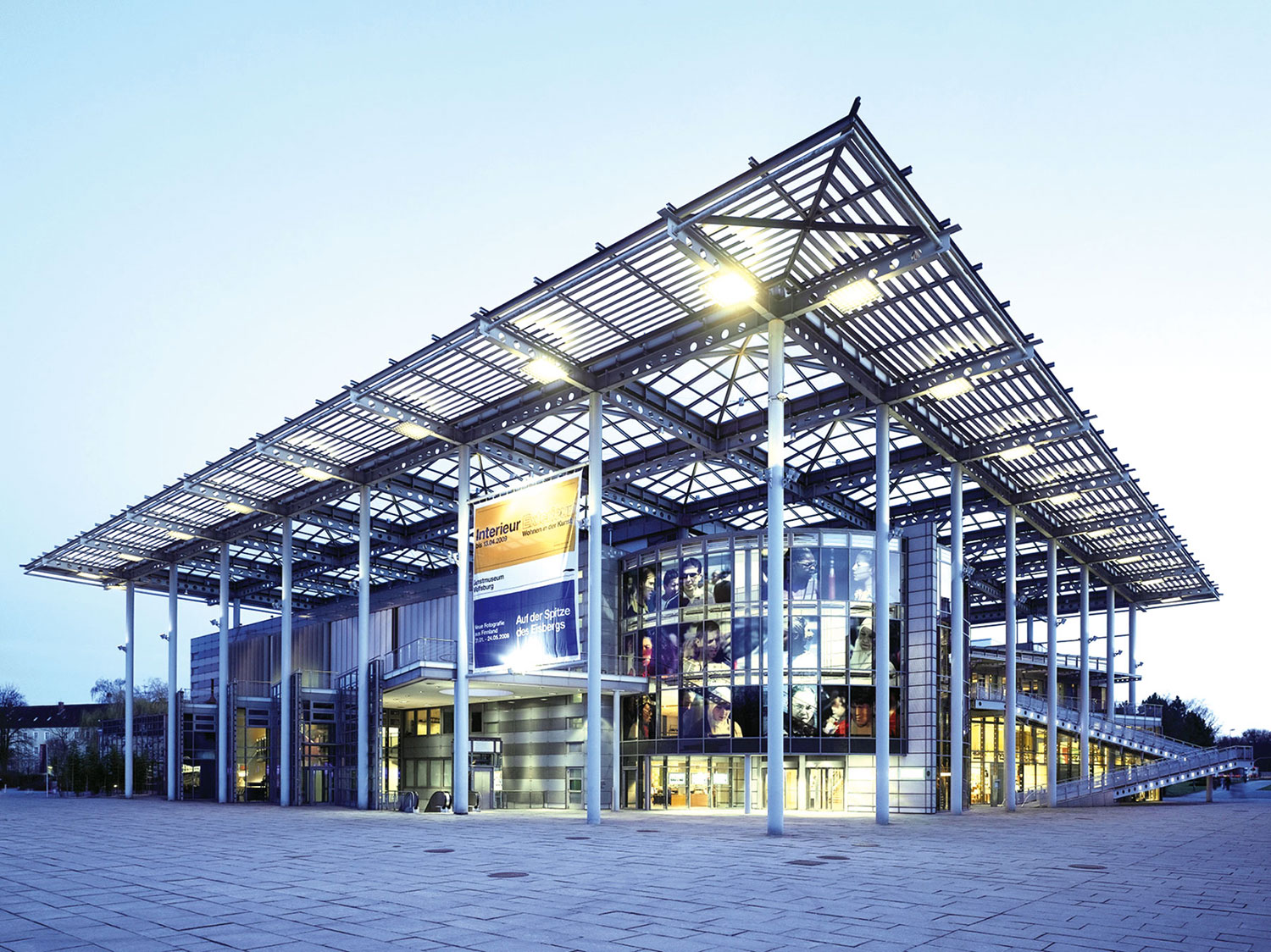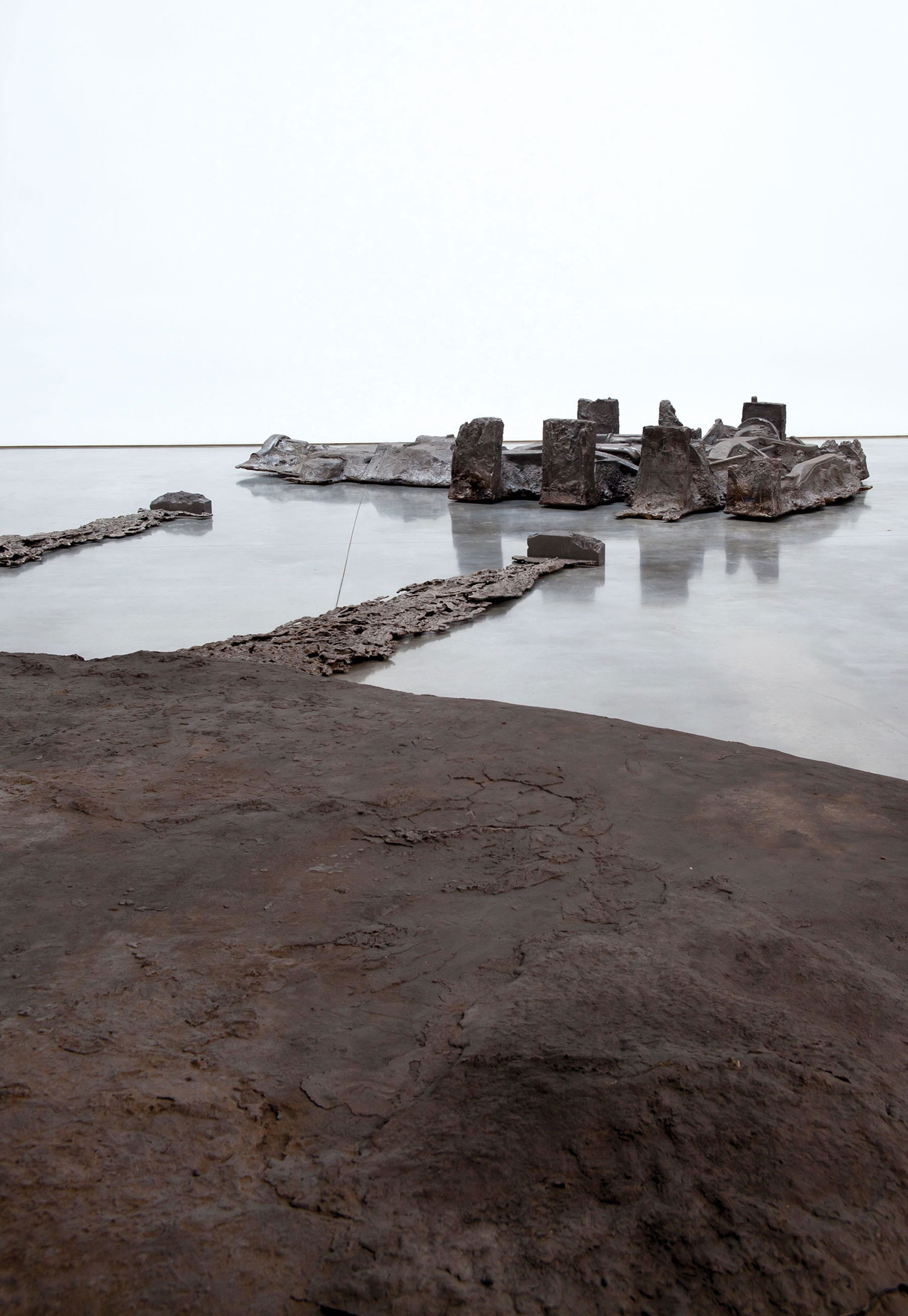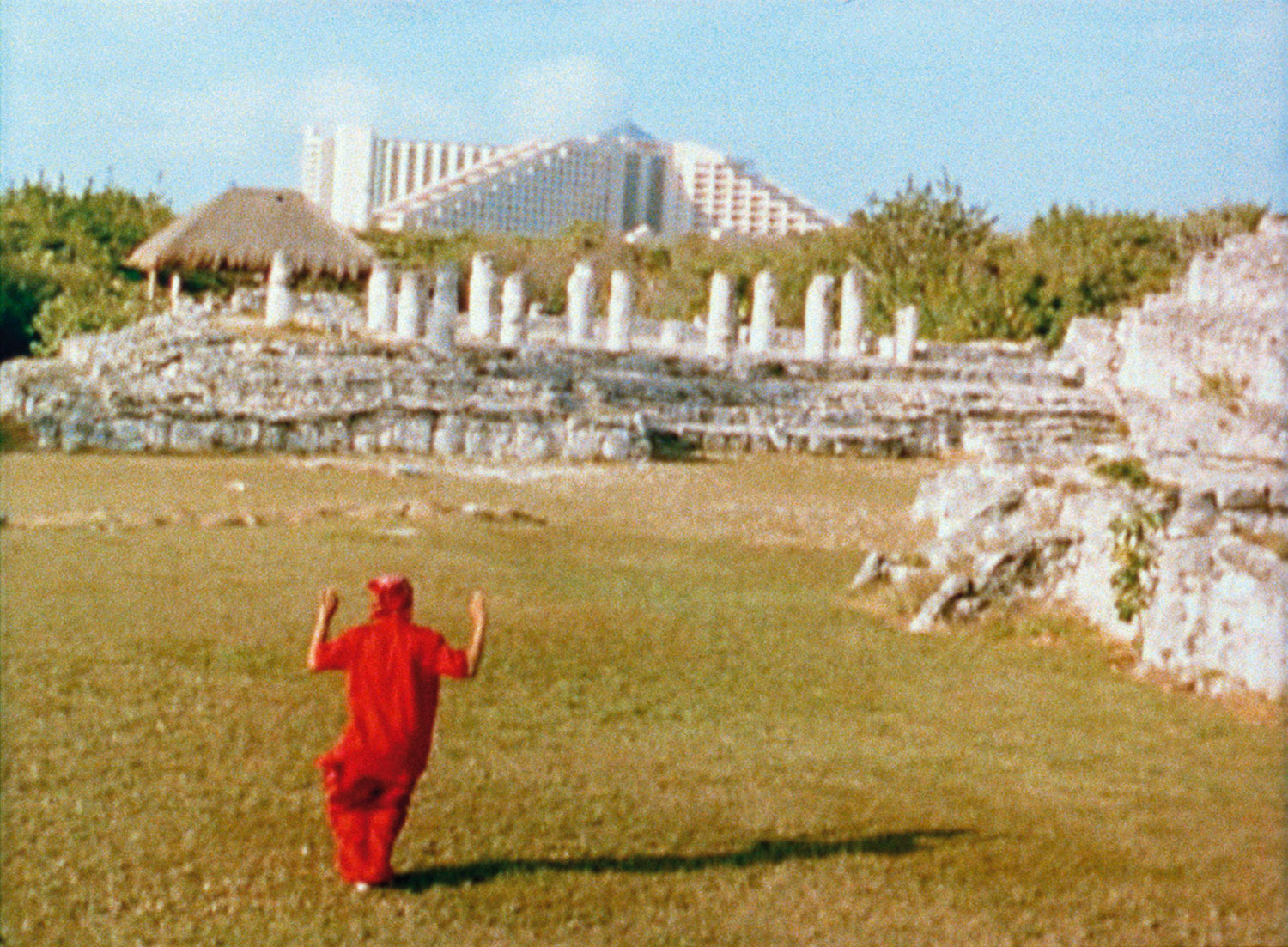
Maja Ćirić: Where do you see yourself “at home” in the art world?
Vladimir Nikolic: “Home” is not stable in my case, it moves. I am not devoted to any subject and I don’t have signature works, so to speak. I am mostly for open space.
MĆ: However, most of the time you are challenging the art system, which is not solely connected to Serbia, your country of origin. It seems that you are an artist capable of crossing simplified geopolitical art world niches.
VN: Most of the countries in the world have no art system. It exists only in a few rich countries. So challenging the system puts you out of your local position. But the art system is not my main preoccupation; I just need to show from time to time that I am aware of it. The moment I do that, I feel the need to escape from that subject.
MĆ: Your voice-over works were shown in the exhibition “The Power to Host” that I curated at the ISCP in New York this summer. These three videos deal with the studio situation, in a way that can be placed within the legacy of institutional critique. It resonated in the context of one of the most renowned international residency programs: both the residents and the general audience watched it repeatedly and laughed. What is it about?

VN: It’s about all those voices surrounding an artwork, the interpretative apparatus, coming from different directions: art history, art theory, the institution that hosts an artwork, the critic, the audience. I got an idea to materialize them in the form of a dialogue performed by two actors (Mark and Mr. Q), recorded and placed inside the artwork itself. So one can hear them, not just be aware of them. It is similar to audio guides in museums, only the voice from an audio guide informs about an artwork in front of you, and here the voices are discussing it. But all those voices are also my voice. I am talking to myself, trying to interpret both the artwork and myself. So, Mr. Q — Q is for Curator — is not just any curator out there. It is my inner curator, it is me. I am not challenging the art system if at the same time I am not challenging an artist, myself. In the first two videos, Performance and Installation (both 2009), I recorded some simple activities in the studio, following the aesthetics of art from the ’70s. They are just simple scenery where the meaning is constructed in the dialogue, in the text. The last video, Painting (2009), is mute; like a painting, there is no dialogue. I am “performing” the paintings in the studio, playing with the three-dimensional video image as a two-dimensional painting. This video is an attempt to escape from any subject in art, to escape to the purely visual, to pure painting. Of course, I am aware that such pureness doesn’t exist, that no image is outside of a certain context. But look at it this way: people also know that life is not a sandy beach under the sun, yet they pay a lot of money to go there and hide from life. Just like that I am hiding in this last video under pure geometrical shapes and colors.





